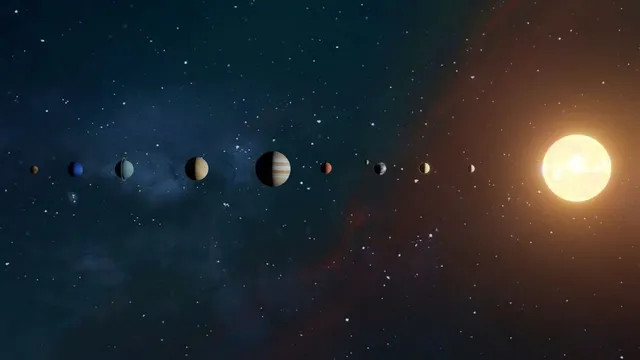- By Supratik Das
- Sun, 17 Aug 2025 03:47 PM (IST)
- Source:JND
Planet Parade 2025: Stargazers worldwide have a second opportunity to observe a rare heavenly phenomenon as six planets are aligned in the evening sky this week. The phenomenon, commonly known as the planetary parade or planet alignment, started on August 10 and will last until August 20, 2025. This is the final chance in the year to observe such a vivid display of planets, and the next significant alignment will occur on February 28, 2026.
As per Andrew Fazekas, Communications Manager for Astronomers Without Borders, the alignment now brings Mercury, Venus, Jupiter, Saturn, Uranus, and Neptune together. While three of them, Venus, Jupiter, and Saturn, are visible to the naked eye, others like Uranus and Neptune are viewed through binoculars or a small telescope. Mercury, the smallest and closest planet to the Sun, is observed at its best just before sunrise or shortly after sunset when the sky is clear on the horizon. Fazekas stated that in the month, Mercury will be more difficult to see as it rises very low in the sky.
When To Watch?
Best viewing time is about one to two hours before the break of dawn, although a narrow window also exists shortly after dusk, based on location. Viewers need to be prepared approximately 45 minutes before dawn, with an unobstructed eastern horizon. On the 19th and 20th of August, the crescent moon will be seen close to Venus and Jupiter, serving as a natural pointer to guide the placement of the planets. Saturn, radiating in the southern sky, will also be visible enough to spot easily.
What Will Planets Look Like?
NASA and astronomers are cautioning that things will not look as pretty as digitally presented as pictures on the Internet. The planets will not be visible in a perfectly straight line or in brilliant colors to the naked eye. Rather, they will appear as bright stars of differing intensity strewn about the sky.
• Venus: Brightest body after the Moon at magnitude -3.9.
• Jupiter: Bright at magnitude -1.8, near Venus in the east.
• Saturn: can be seen in the south at magnitude 0.8.
• Mercury: low on the horizon, very faint but visible through binoculars.
• Uranus and Neptune: require optical assistance, with Neptune particularly requiring a modest telescope.
ALSO READ: Why NASA Is Racing To Install Nuclear Reactor On Moon By 2030 | All You Need To Know
Tips For Optimal Viewing
Fazekas and other researchers suggest the following for optimal stargazing:
• Choose a location away from light pollution and urban glow.
• Keep binoculars or telescopes handy to catch the fainter planets.
• Download stargazing apps such as Stellarium or Sky Safari to track positions in real time.
• Carry mosquito repellent and check local weather forecasts for clear skies.
• Most importantly, allow your eyes to adjust to darkness for 15–20 minutes before observation.
While this planetary parade ends on August 20, astronomy buffs can anticipate the next turnout on February 28, 2026, when five planets will align. A bigger planetary convergence is also predicted for October 2028 with another pre-dawn spectacle. Until now, this week provides one last opportunity in 2025 for sky observers to see six planets within the same region of the sky, and it is one of the most spectacular astronomical phenomena of the year.

